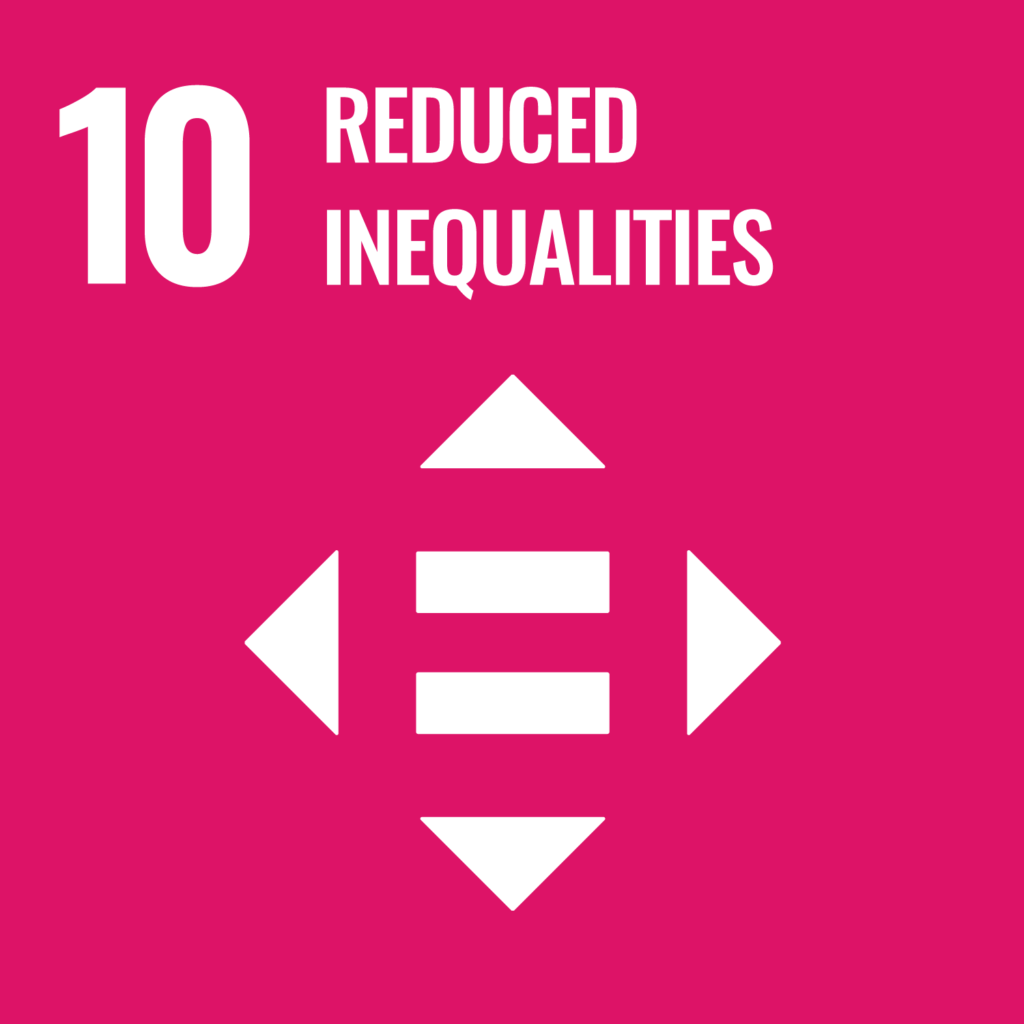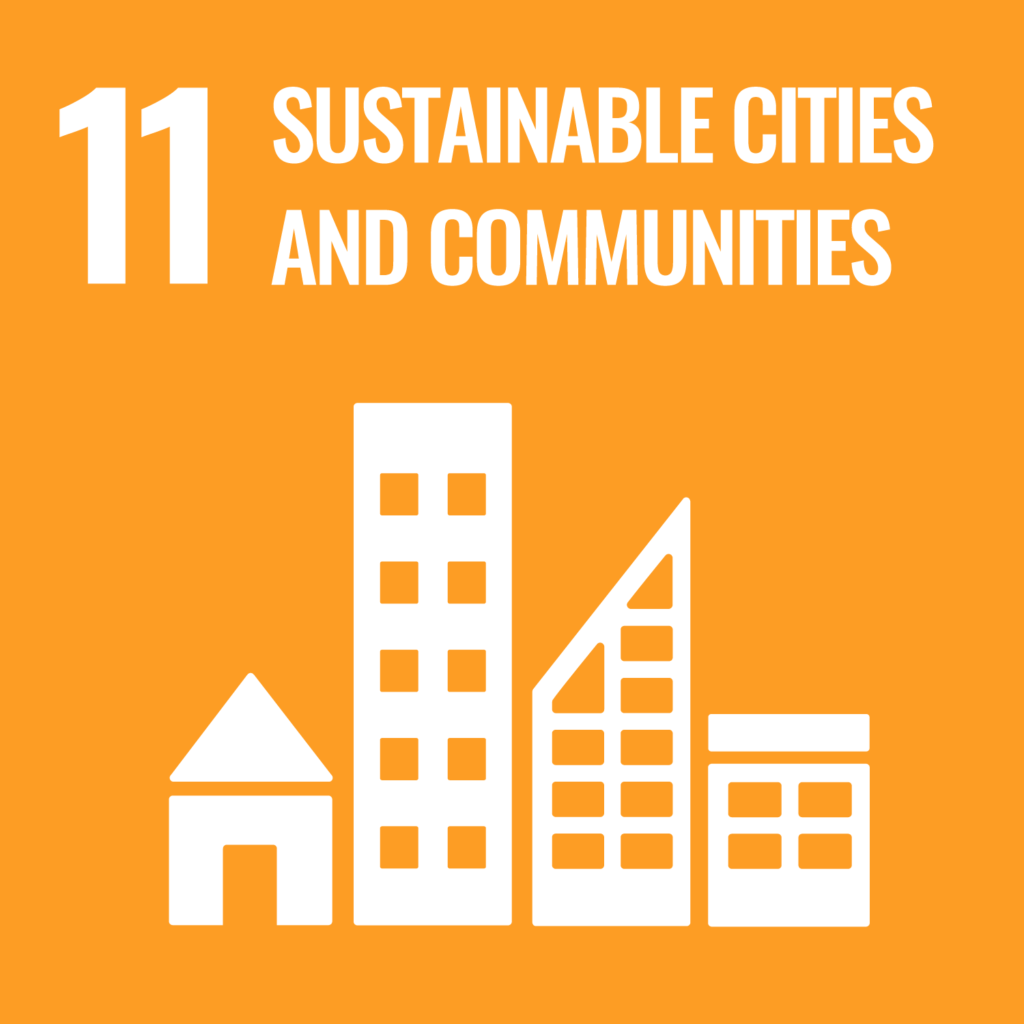Exits into housing exceed the number of people sleeping rough
Nobody experiencing homelessness should have to sleep rough. The longer someone experiences rough sleeping, the more challenges they have to manage, and the harder it is for them to find and sustain appropriate housing. Our client-centred programs, including Assertive Outreach, Functional Zero and Housing First programs, provide ongoing support to people with long histories of rough sleeping to deliver good housing outcomes.
33
People in the City of Port Phillip actively sleeping rough, the lowest since project inception.
363
H2H clients successfully and stably housed with an average tenancy sustainment of over 12 months.
Our work contributes to the SDGs




Rough sleeping is the most visible and extreme form of homelessness. The trauma of street homelessness, which includes a heightened risk of adverse health issues, violence and disempowerment, creates barriers that prevent people from accessing the housing, health care and support they need to turn life around.
According to Australian Institute of Health and Welfare 2021-2022 data, around 6,000 Victorians were sleeping rough when they presented at Specialist Homelessness Services, but only 14% exited to some form of secure housing at the end of their support. Through our coordinated support programs, our housing rates are often considerably higher than the state average.
Our Functional Zero Projects take a collective impact approach by coordinating a range of relevant and local service responses to better accommodate people’s needs and support them to find and sustain housing. Complementing the Zero projects are our Housing First programs that find stable, long-term housing and offer health and tailored supports to people who have been sleeping rough or experienced chronic homelessness. We believe that together, these programs can end street homelessness.
Our Functional Zero Projects
The point of difference with Functional Zero projects is that they understand and recognise that every person sleeping rough is an individual with their own story, needs and aspirations, and have the resources to support this philosophy. It is a community-based, person-centred approach where our staff use empathy and care to develop relationships with everyone sleeping rough in an area, so they can connect people to the right services without the person having to re-tell their story and re-live their trauma.
At its centre is a shared By-Name-List (BNL) that recognises every single person sleeping rough in a specific area. Relevant project partners then work together with a single purpose of supporting that person into housing and helping them access other relevant community services.
This coordinated approach recognises that effective responses to complex issues require different stakeholders within the system to drive collective impact. By having representation and buy-in from all frontline and executive staff from across the service system, Functional Zero projects are equipped to engage and connect people on the BNL with the appropriate supports and opportunities to transition into stable housing. The projects are hyper-local and currently active in six local government areas.
Outreach programs have known for a long time that this approach is effective, but due to service system and information sharing barriers, limited funding/resourcing, and different geographic boundaries, they found it challenging to implement this practice consistently.
As early results across our five active projects throughout 2022-23 demonstrate, the Functional Zero approach offers us the opportunity to end rough sleeping homelessness.
The newest project, Yarra Zero, commenced in July 2023.
Our Functional Zero foundation partners include: The City of Yarra, cohealth, Ngwala Willumbong, St Mary’s House of Welcome, The Salvation Army, St Vincent’s Hospital and Clarendon Clinic, North Richmond Community Health, DFFH, Fitzroy Legal Service, Aboriginal Housing Victoria and Victoria Police.
City of Melbourne
Of the 476 people on the BNL, 99 people (21%) successfully moved into housing, including 72 people housed through H2H. The increase in people being housed from last year combined with a decrease in people being put into the BNL is what we’ve been hoping to see through this impact measure, and a sign that the approach works when the right supports and housing are available. While a longer period is required to establish a genuine trend, early indications are positive.
City of Port Phillip
There were 165 people on the BNL with 52 receiving successful housing offers, 26 of those housed through H2H. 33 people were actively sleeping rough at the end of the reporting period, which is the lowest it has been since the project’s inception (except during the emergency COVID-19 hotel response). The other 80 people were either in emergency accommodation, transitional or short-term crisis beds or in hospital.
City of Stonnington
Stonnington Zero was able to secure housing for 4 of the 19 clients on the BNL (21%), which is a slight increase from last year. The people remaining on the list have complex needs and require bespoke housing options. It will require time, active advocacy, and creative partnerships to find the right homes for these clients, as explored through a partnership with Avalon Housing, a provider connected through Stonnington Zero, who is now also delivering housing + supports to asylum seekers sleeping rough in the City of Dandenong.
City of Dandenong
The City of Dandenong BNL saw 133 people identified and 16 clients (12%) were able to secure housing offers, which is a strong outcome given the lack of available housing options at all price points in this area.
City of Frankston
One of our newest Zero projects, Frankston started this year with 54 people on the BNL, with an increase of 108 people through the year. Of the 162 people on the list, 27 secured housing (17%). H2H housed six of those clients.
Overall observations
This year saw an increase in people housed from City of Melbourne’s and City of Port Phillip’s BNLs, through the H2H program. This outcome demonstrates the importance of priority housing allocations for people sleeping rough and with a chronic history of homelessness, through a fully funded and resourced program such as H2H.
Asylum Seekers have emerged as a growing group who need housing and ongoing supports in Zero project areas but often lack access to many services. We will continue to advocate for this group with and through our partners, including the Asylum Seekers Resource Centre.
Project partners are driving collective impact through advocacy, service coordination and pooling resources to create greater awareness and systemic change to end rough sleeping.
Looking Ahead
There are many people on our BNLs across all jurisdictions that have multiple and complex needs, including mental and physical ill-health and complexities around Alcohol and other drugs (AOD), who have very specific housing and ongoing support needs. We will need to continue working closely with a range of project partners to identify bespoke housing and ongoing support options. The program will require additional partnerships, resources, ongoing advocacy over the coming years to help people find their long-term homes.
The Functional Zero project is made possible through the generosity of:
- Ethel Paxton Trust Fund
- Fred J Cato Charitable Fund
- The Blueshore Charitable Trust, managed by Australian Philanthropic Services
- The Bowden Marstan Foundation
- Collier Charitable Fund
- William Angliss Charitable
- Zig Inge Foundation
- and generous individuals and families who would prefer to remain anonymous.
From Homelessness to a Home
The Victorian Government’s From Homelessness to a Home (H2H) program has had a significant positive impact on people with complex health needs and chronic experiences of rough sleeping and homelessness.
As at September 2023, 363, or 86% of H2H clients, were successfully and stably housed with an average tenancy sustainment of over 12 months.
To date, the program has supported 74 clients who identified as Aboriginal or Torres Strait Islander, 86% received social housing. 2021 – 2022 Australian Institute of Health and Welfare (AIHW) statistics show that 16% of the Aboriginal or Torres Strait Islander clients who presented as experiencing homelessness, moved into social housing at the end of their support.
Embedding Victorian Aboriginal Community Services Association (VACSAL) case managers into H2H has helped to provide clients with culturally appropriate support and developed our internal capacity to build a more culturally safe environment for Aboriginal clients and staff. Partnerships like our one with VACSAL have proved vital, meaning that Launch Housing is in a better position to support more First Nations clients.
Looking ahead
The funding for H2H is being extended to provide support to a reduced number of existing clients, including Aboriginal clients and clients with complex health needs.
At Launch Housing, the program will continue to support 261 clients who have transitioned, or are transitioning, into their long-term housing to establish and maintain their tenancies.
Integrated specialised support from our partners VACSAL and Bolton Clarke will continue to support First Nations clients and those requiring a health response to keep this group of clients from falling back into homelessness after years of being transient across our service system.
Under the current funding arrangements, the program will not take on any new clients, impacts of which will be felt by other programs at Launch Housing, including Functional Zero projects; a likely increase in spending on emergency accommodation for clients; and more presentations at our services. We will monitor these impacts closely to track demand across the organisation so that we can continue to support clients and deliver positive outcomes for them.
